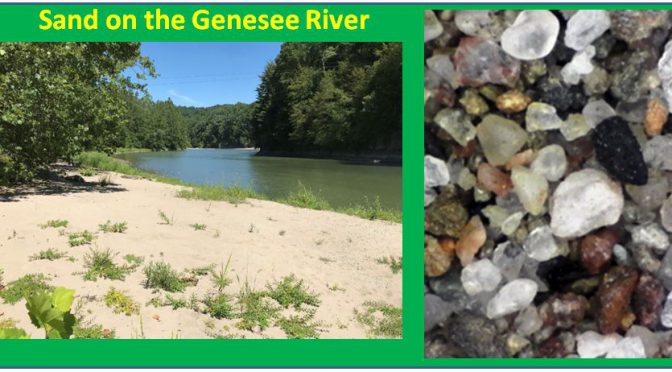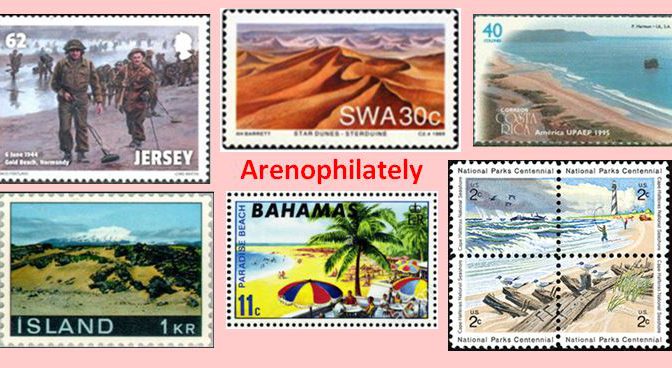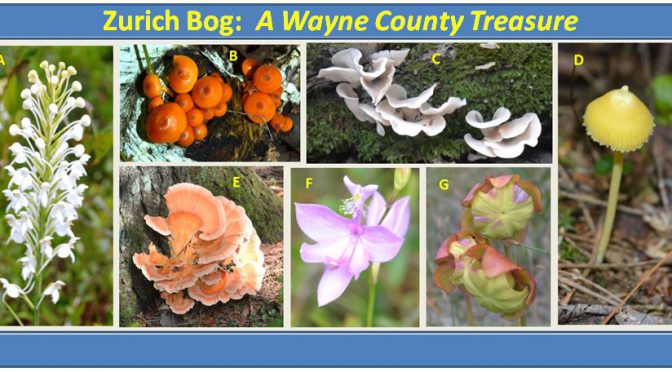The Genesee River ends in my hometown of Rochester, New York completing a 160-mile journey from Potter County, PA. During its course, the river falls some 2250’. Several notable waterfalls mark its journey north.
If you read my blog, you might know that I have become an arenophile, or more simply, a sand collector. In that endeavor, I have started to collect sand along the path of the Genesee River as it crosses across mostly rural farmlands and suburban communities. Rochester is the only major city graced by its presence. The surficial geology is mostly glacial deposits (moraines, outwash, etc.) of highly variable composition, but the river also cuts into Paleozoic sedimentary rock below that is Pennsylvanian to Ordovician in age, a rock record of about 140 million years. The major waterfalls mark resistant limestone and dolostone units; intervening shale units less resistant to erosion generate gentler topography.


